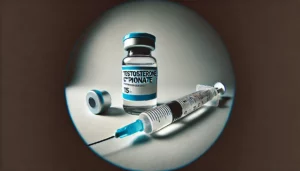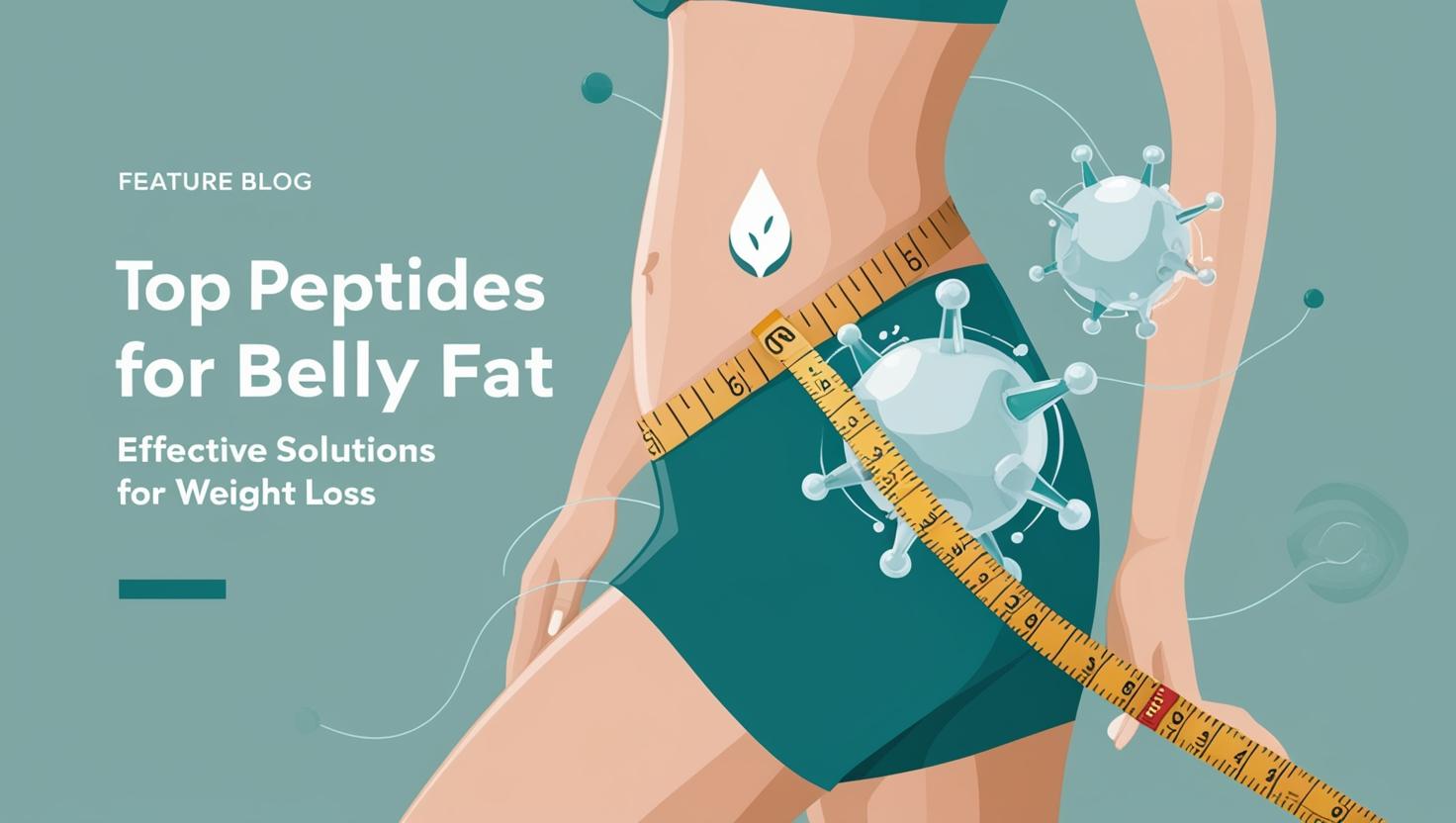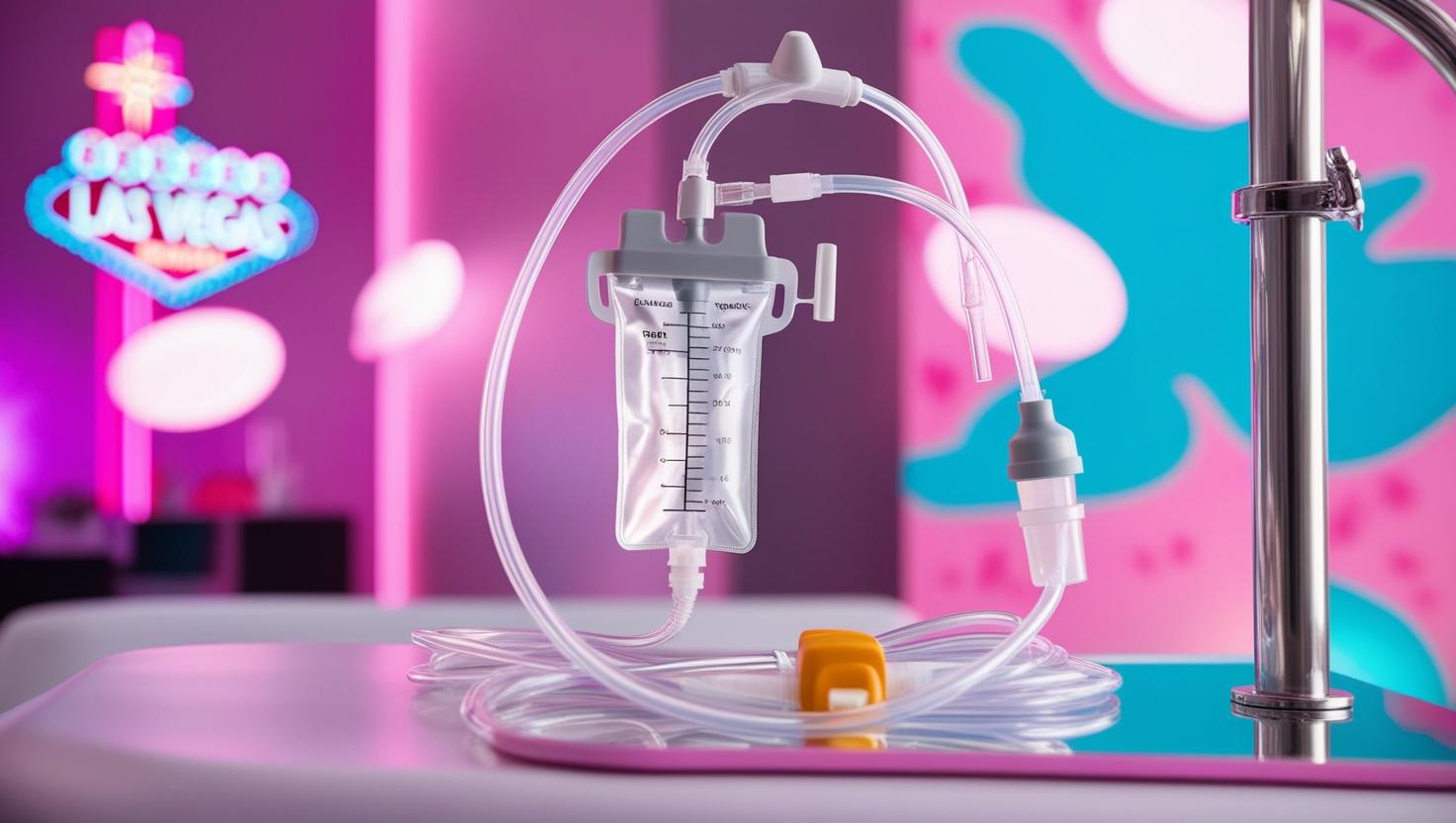Feeling like your energy and drive aren’t what they used to be? You might be dealing with low testosterone. Many men experience this as they age, and it can affect everything from mood to muscle mass.
Luckily, testosterone replacement therapy (TRT) offers a solution. But where do you start? This comprehensive guide breaks down everything you need to know about the most effective types of TRT.
Key Takeaways
- Variety of TRT Options: Testosterone replacement therapy can be administered in a variety of ways, including injections, topical solutions, and pellets.
- Benefits and Risks: It discusses the benefits, such as improved mood and muscle mass, and potential risks like cardiovascular issues and prostate cancer.
- Personalized Treatment: Emphasizes the importance of consulting with a healthcare provider to tailor the treatment to individual needs and conditions.
Understanding TRT
Testosterone replacement therapy (TRT) is used to treat men with low testosterone levels, a condition known as hypogonadism. This therapy aims to restore your testosterone levels to a normal range, improving energy, sex drive, and mood. It’s a popular treatment for those looking to regain their vitality and quality of life.
What is Hypogonadism?
Hypogonadism occurs when your body doesn’t produce enough testosterone, a hormone produced in the testes responsible for masculine traits. It’s also called androgen replacement therapy (ART). This condition can lead to a range of symptoms, including decreased libido and energy, as well as physical changes like reduced muscle mass.
Benefits of TRT
TRT helps alleviate symptoms like decreased sexual desire, loss of muscle mass, and fatigue. By restoring testosterone levels, it enhances your overall well-being. Men often report feeling more energetic, experiencing better moods, and noticing an improvement in their overall physical and mental health.
Who Can Benefit from TRT?

TRT is not a one-size-fits-all solution, but it can be life-changing for those who truly need it. Identifying the right candidates for this therapy is crucial for its success. Let’s explore who can benefit the most from TRT and under what circumstances it can be particularly effective.
Men with Low Testosterone Levels
Men experiencing symptoms of hypogonadism, such as decreased libido, fatigue, and loss of muscle mass, can benefit from TRT. These symptoms can significantly impact daily life, making it crucial to seek treatment if you suspect low testosterone levels.
Chronic Conditions and TRT
Men with testosterone deficiency due to injury, cancer treatments, chronic diseases, or stress can also find relief through TRT. These conditions can exacerbate low testosterone symptoms, making hormone replacement an essential part of their treatment plan.
Addressing Delayed Puberty and Infertility
Men who face delayed puberty or infertility due to hypogonadism can improve their quality of life with TRT. This therapy can help in the development of secondary sexual characteristics and improve fertility, providing a sense of normalcy and confidence.
Types of Testosterone Therapy

TRT can be administered in various forms, each with its own advantages and drawbacks. The choice of therapy often depends on individual preferences, medical history, and specific health conditions. Let’s examine the different types of testosterone therapy available and what each entails.
Injectable Forms of Testosterone
Injectable testosterone is one of the most common forms of TRT, offering several options with varying administration frequencies and effects. This form of therapy is known for its ability to deliver steady levels of testosterone into the bloodstream. Here are some of the primary injectable forms available.
Testosterone Cypionate
This single testosterone ester provides predictable effects and stable testosterone levels. It is also suitable for subcutaneous injections. It’s a popular choice for those who prefer a less frequent dosing schedule.
Testosterone Enanthate
Like cypionate, enanthate is a single ester that can be used for frequent injections. However, it is only suitable for intramuscular injections. This form is effective for those who require consistent testosterone levels.
Sustanon
A mix of four different testosterone esters designed to reduce fluctuations in testosterone levels. It’s suitable for microdosing, offering a more balanced hormone replacement approach.
Nebido
This slow-release testosterone requires only one injection every three months but has varying levels throughout the period. It offers the convenience of fewer injections but requires careful monitoring.
Topical (Transdermal) Forms of Testosterone
Topical forms of testosterone provide a convenient alternative for those who prefer not to undergo injections. These forms are applied directly to the skin, allowing testosterone to be absorbed into the bloodstream. Here’s a closer look at the various topical options.
Testosterone Gel
Applied directly to the skin, this gel is convenient but requires daily application and precautions to avoid transferring it to others. It’s a straightforward option for those who prefer not to inject.
Testosterone Patches
These patches are worn on the skin and work best when applied at the same time each night. They offer a steady release of testosterone but may cause skin irritation.
Nasal Testosterone Gel
Applied to the inside of the nose, this gel needs to be used three times a day. It’s a newer method that offers a less invasive option compared to injections or gels.
Testosterone Pellets
Testosterone pellets offer a long-term solution for testosterone replacement, providing a steady release of the hormone over an extended period. This method is ideal for those looking for a “set it and forget it” approach to TRT. Let’s explore how testosterone pellets work and their benefits.
Testosterone Pellets (Testopel)
These small pellets, implanted under the skin, release testosterone steadily for 3 to 6 months. They provide a long-term solution without the need for frequent dosing, making them a convenient option for many.
Benefits and Risks of TRT
TRT can offer significant benefits but is not without its risks. Understanding both the advantages and potential downsides of therapy is essential for making an informed decision. Let’s delve into the key benefits and risks associated with TRT.
Benefits
- Improved Sex Drive: Enhanced libido and sexual function.
- Increased Muscle Mass: Helps in building and maintaining muscle.
- Better Mood: Improved overall well-being.
Risks
- Cardiovascular Issues: Increased risk of heart disease and stroke.
- Prostate Cancer: Potential risk of developing prostate cancer.
- Liver Damage: Possible liver-related issues.
Fluctuations in Levels
TRT can cause fluctuations in testosterone levels, affecting energy and mood. It’s crucial to monitor these changes closely to maintain balance and effectiveness in treatment.
Getting Started with TRT

Starting TRT involves careful planning and consultation with a healthcare provider. This section outlines the initial steps you should take, including medical evaluations and treatment discussions. Let’s look at what you need to know before beginning TRT.
Consult a Healthcare Provider
Before starting TRT, consult a healthcare provider for a thorough evaluation. Blood tests will confirm low testosterone levels, ensuring that TRT is the appropriate treatment.
Discuss Treatment Options
Your doctor will discuss the different types of testosterone therapy and help you choose the best option for you. This decision will be based on your specific needs, lifestyle, and medical history.
Monitor Your Progress
Regular follow-ups will ensure that your TRT is effective and any side effects are managed. Monitoring is essential for adjusting dosages and optimizing your treatment plan.
Monitoring and Adjusting TRT
Effective TRT requires ongoing monitoring and adjustments to ensure optimal results and minimize side effects. This section covers the key aspects of monitoring your therapy, including regular blood tests and communication with your healthcare provider.
Regular Blood Tests
Frequent blood tests will measure serum testosterone levels and adjust the dosage as needed. This helps in maintaining optimal levels and minimizing side effects.
Monitor for Side Effects
Watch for signs of prostate cancer, liver damage, and other potential side effects. Early detection is key to managing any adverse effects of TRT.
Report Changes
Report any changes in symptoms or side effects to your doctor promptly. Open communication with your healthcare provider ensures a safer and more effective treatment experience.
Safety and Efficacy of Testosterone Replacement Therapy
Understanding the safety and efficacy of TRT is crucial for anyone considering this treatment. This section discusses the general safety guidelines and effectiveness of TRT, helping you make an informed decision about your health.
General Safety
TRT is generally safe when used under medical supervision. However, it can cause serious side effects like prostate cancer and liver damage. Regular monitoring and consultations with your healthcare provider are essential for safe treatment.
Efficacy
TRT is effective in improving symptoms of low testosterone. Regular monitoring ensures its continued efficacy, helping men regain their vitality and quality of life.
Discuss Risks and Benefits
Always discuss the risks and benefits of TRT with your doctor before starting treatment. An informed decision will help you weigh the potential benefits against any risks.
Conclusion
Testosterone replacement therapy can significantly improve the quality of life for men with low testosterone levels. By understanding the various types of TRT, their benefits, and their risks, you can make an informed decision about which treatment is right for you. Always consult a healthcare provider to tailor the treatment to your specific needs.
Body Balance Can Help You Begin Your TRT Journey
If you’re struggling with symptoms of low testosterone or have been on TRT but stopped seeing benefits, it’s time to take action. Book an appointment with Body Balance Medical today to discuss your options.
Our experienced team can help you determine whether testosterone is the issue and find the right treatment plan for you. Start your journey towards better health and well-being today






